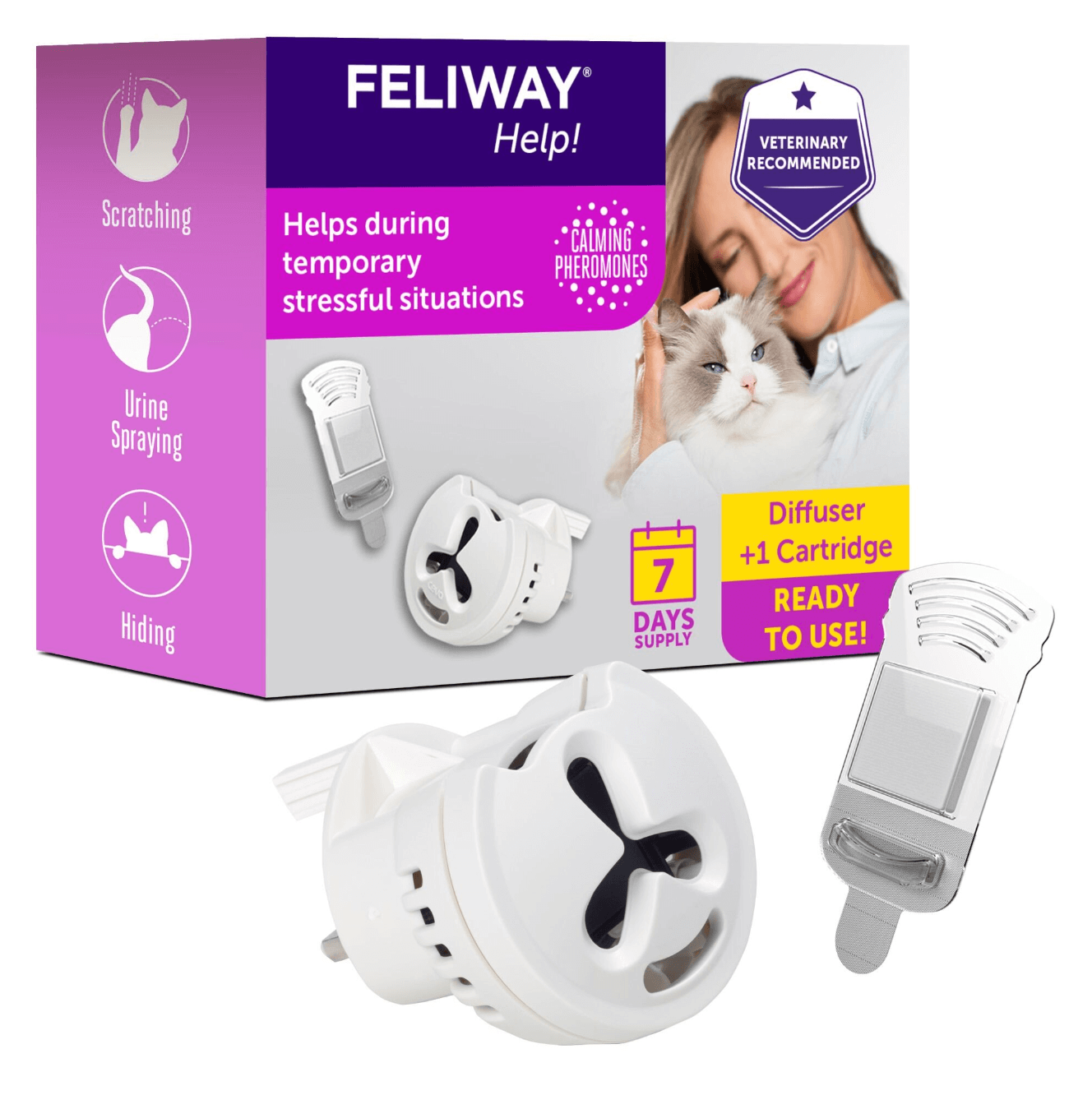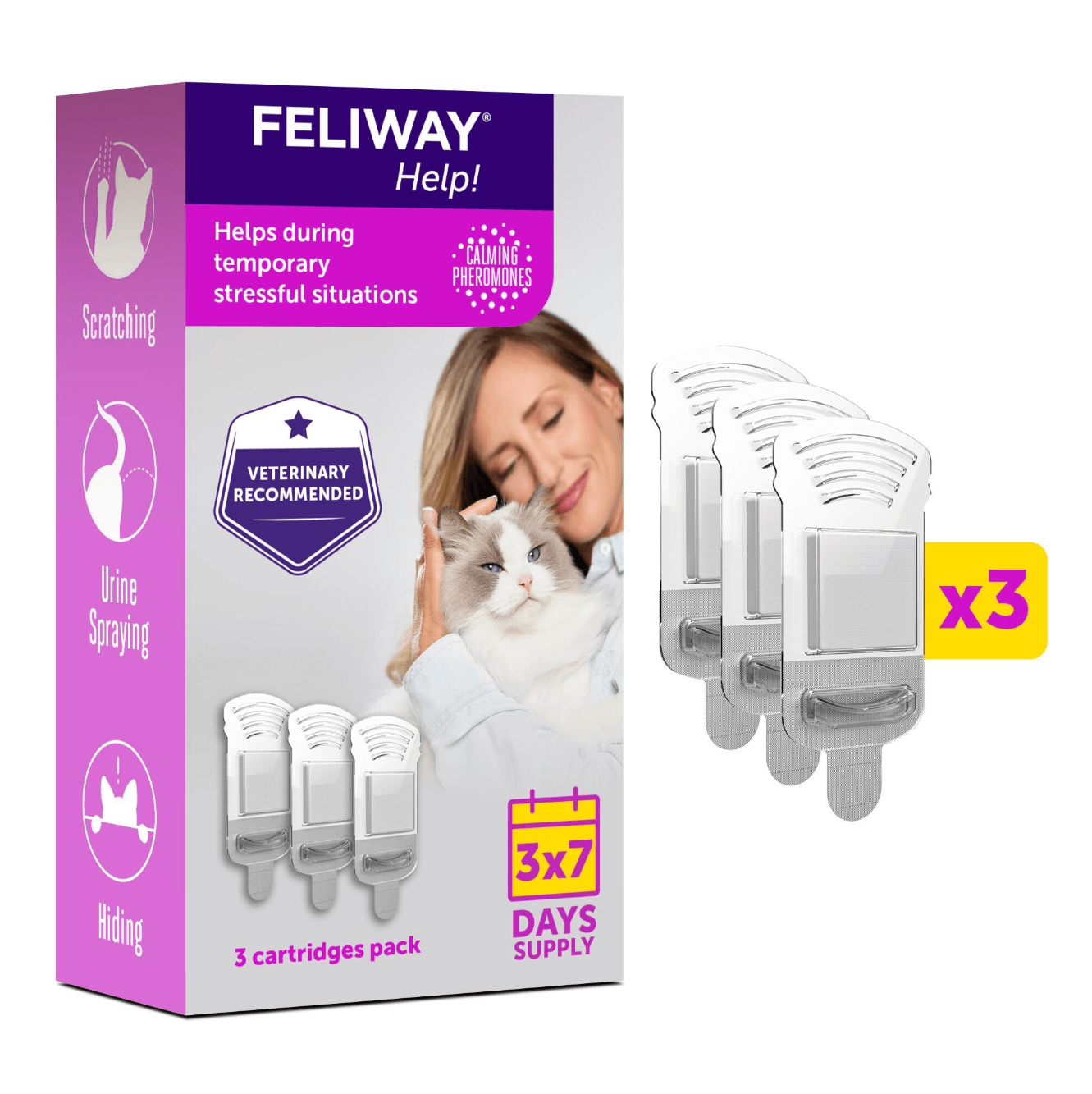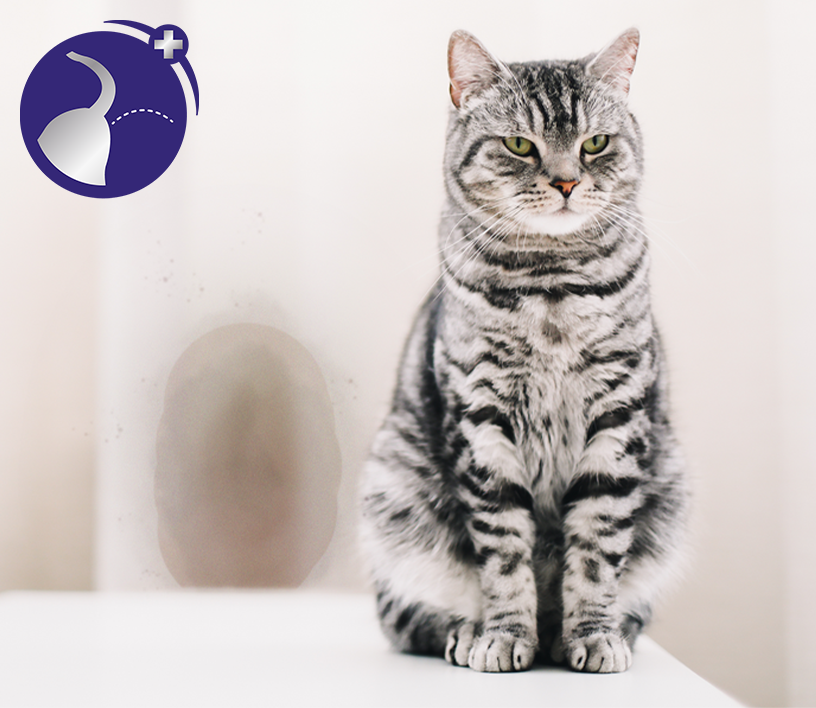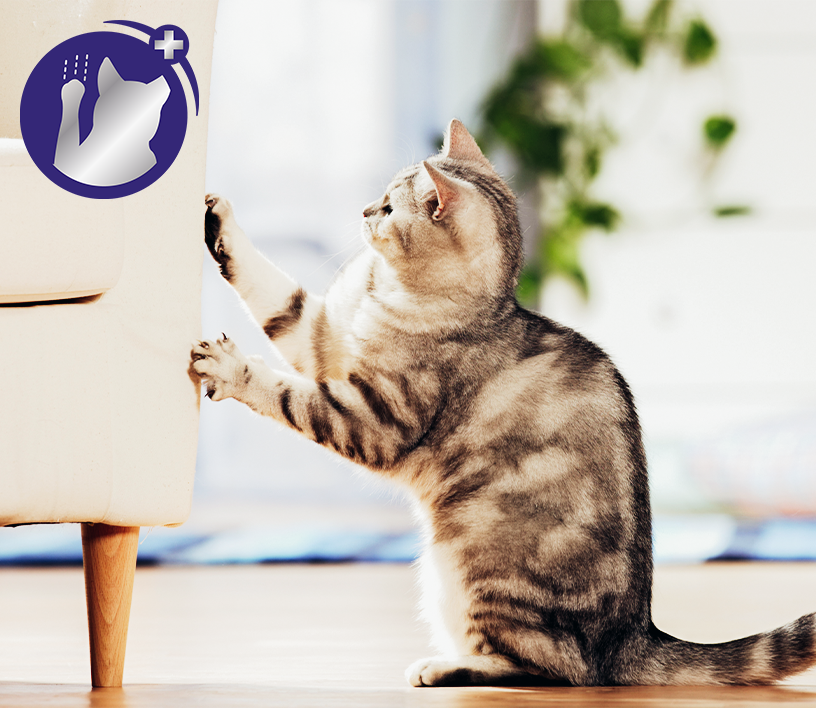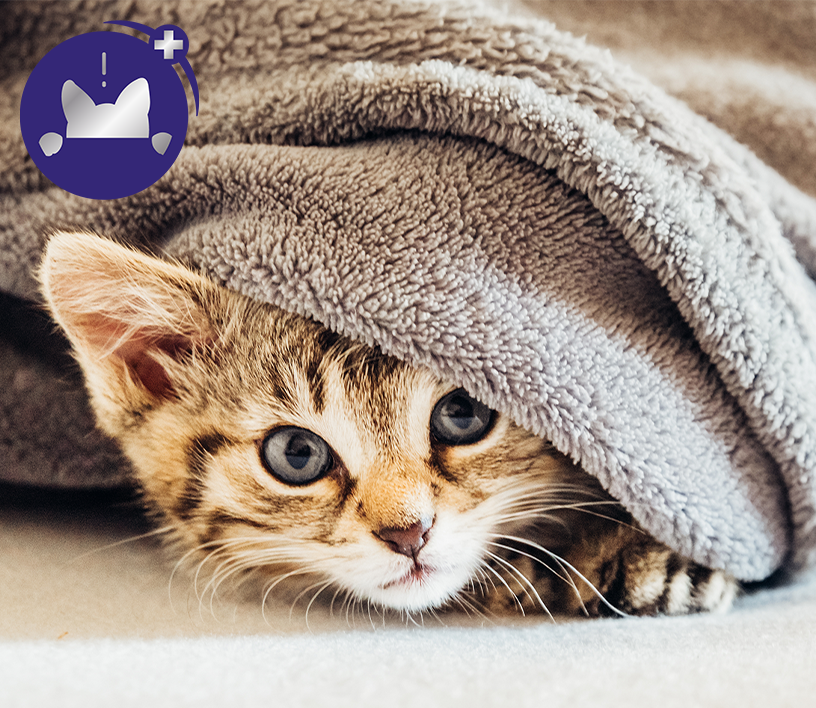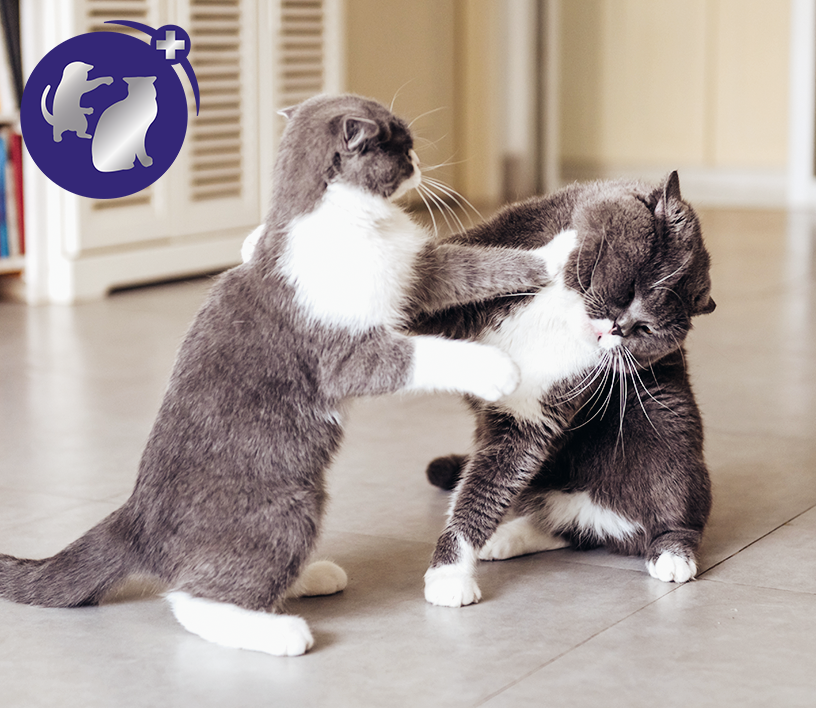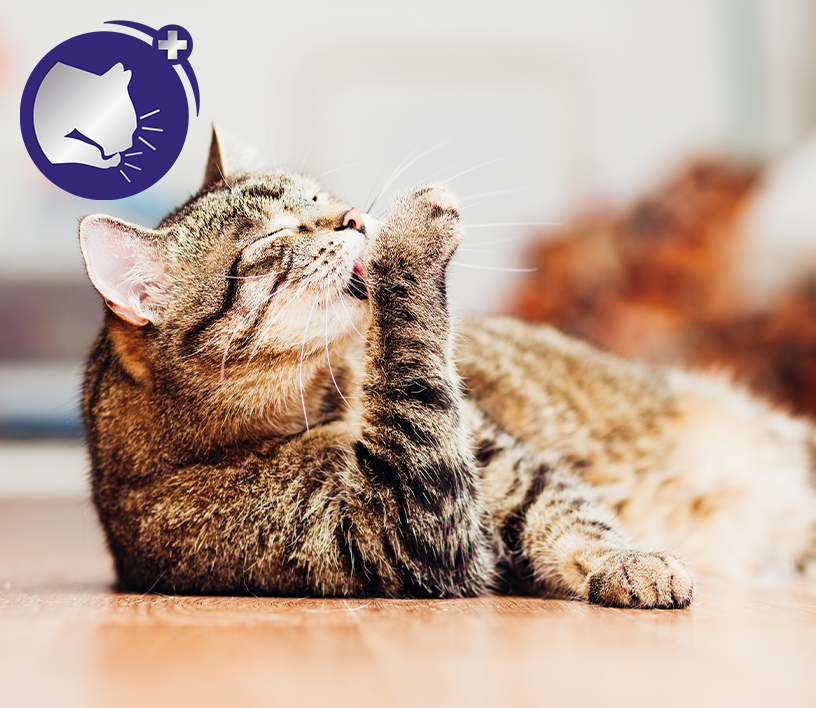
Tips and Tricks To Call Your Cat Back Home
Can you train a cat? It’s one of life’s most important questions . . . or we think so at least! And, as it happens, the answer is yes. You absolutely can train a cat! In fact, not only is it possible, but it’s also a great skill to be able to do. A little bit of cat training can ensure your furry companion’s safety and give you valuable peace of mind, especially when it comes to calling them home after their outdoor adventures. So, come with us as we explore a few different techniques on how to call your cat home.
Why Do Cats Wander Off?
To begin with, it can be helpful to understand why cats often seem to disappear. They’re natural explorers and there are a variety of reasons why they could be wandering off. These could include:
- They may have a secret space they prefer to rest in.
- They could be patrolling their territory.
- They may be out hunting for prey.
- Some cats are naturally curious and will take any opportunity to slip outside when they see an open window or door.
- An indoor cat may want to explore outside.
- They may be feeling unsettled, perhaps due to disruptions in the home, and may be looking for a more peaceful environment. For tips on creating a cat-friendly home, check out our guide.
- They could even be out looking for a mate! Hormones will be hormones, after all.
Understanding these behaviours can give us a valuable insight into the inner workings of our cats’ minds. In turn, this can help us to understand how to train a cat in the best way to incentivise them home!

Effective Calling Techniques for Cats
Now, as you might expect, the art of how to call your cat home involves more than just shouting their name. Instead, cats respond better to a combination of vocal calls, cues, and familiar noises. Generally speaking, the best calling techniques will include things like:
- Shaking a food box: This can be particularly effective if it contains a delicious treat to really capture your cat’s attention. If you haven’t tried it yet, give Happy Snack by FELIWAY a go!
- Using specific sounds: Clicks, kissing noises, or a chirrup are all tried and tested methods for getting a cat’s attention.
- Leave a toy near your door: Curiosity or a desire to play may be enough to draw them back.
- Calling their name in a positive tone: Cats are more likely to respond to reassuring sounds and environments.
The Basics of Training Recall
So now we’ve covered a few basic tips on how to call our cats, it’s time to look a little more at training recall. People may associate this term with dogs more than they do cats, but it’s a great cue for your cat to learn too!
First things first with any cat training, consistency will be key. Settle on a cue you’re going to use, such as your cat’s name followed by “come” or “here”, and stick to it. Using the same phrase should hopefully minimise any mixed messages that could confuse your feline friend.
Having a tasty reward to hand can also be helpful. We mentioned Happy Snack by FELIWAY above, and with good reason. This new creamy snack could be a great treat to tempt your cat home with as you want them to associate coming when called with a lovely, positive result. That said, there are a number of other options your cat might find rewarding, such as a brush of their cheeks or time playing with their favourite toy. Take the time to discover what your cat loves!
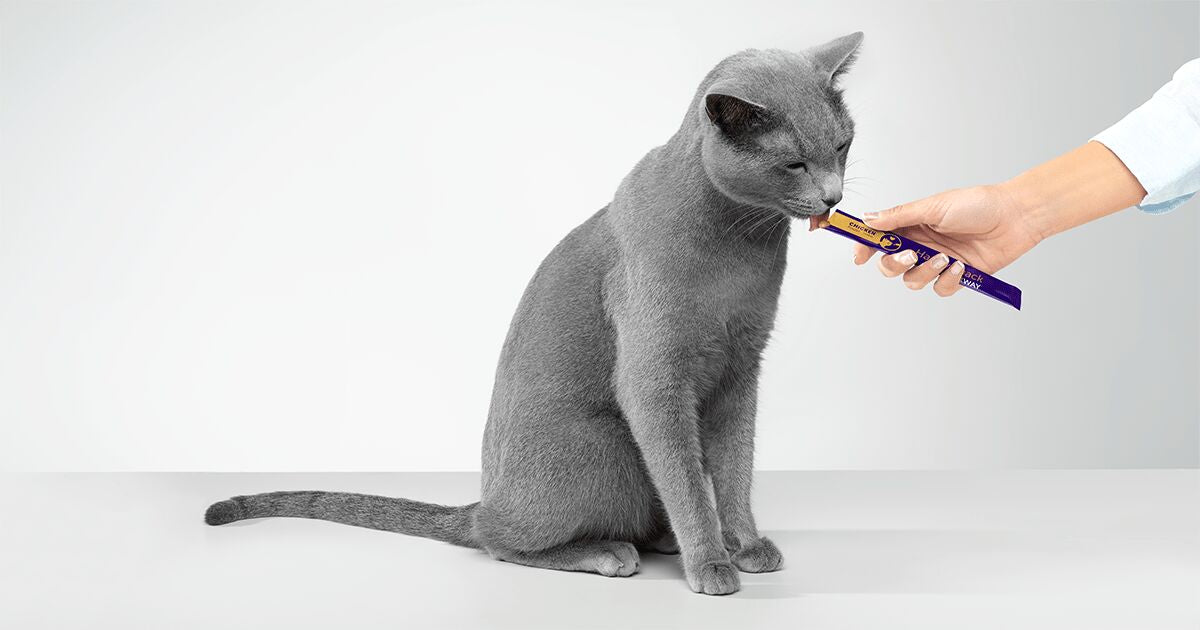
How to Train a Cat with Training Recall
Now for your cat’s actual training. And remember, the best approach is to start slow.
The first time you call your cat, ensure you’re both close by and be ready to reward them when they approach. As they learn to approach more reliably, you can then begin to increase the distance over which you call them. You can also then stretch out into new locations. For instance, if your cat goes outside, you can try their recall outdoors. But be warned, the great outdoors can provide a great deal more distraction!
Otherwise, follow these tips to support your cat’s training:
- Make sure to practise at different times of day.
- Be patient and move through the training at your cat’s pace.
- Remain calm. Cats are great at picking up on your mood and will be less receptive to any negativity in your voice or body language.
- Don’t use your cat’s recall to then do something negative, such as giving them medicine. They may learn to associate the recall with this unpleasant experience, undoing all your hard work.
- Keep training sessions short. Five minutes is more than enough for your cat to make sure your cat is learning while avoiding boredom or frustration from setting in.
- If using Happy Snack by FELIWAY, try squeezing a small amount onto a spoon and letting your cat lick it after each recall. This repetition will encourage them to respond while also preventing them from having too much of the treat each time!
And there you have it! Follow this advice and you should have your cat training in the bag.

What to Do if Your Cat Goes Missing
If your cat has got out and you’re concerned they haven’t come back – with or without a training recall – it’s important not to panic. It’s not uncommon for cats to go out on an adventure for a day or two and return as if nothing happened, or else they may have accidentally got shut in somewhere overnight.
Your first step should be to check your home and garden for any cosy places your cat might be snuggled up in, such as a shed or cupboard. Remember, cats can get into very small spaces, so check thoroughly.
If you’re still none the wiser to where your cat’s gone, the next step should be to speak with your neighbours and ask them to check in their home and garden too. Alternatively, think if you’ve had any deliveries or visitors to your home. There have been instances of van doors being left open and inquisitive kitties jumping in for a ride!
Next, advertise on social media. Use a clear photo of your cat and their name, as well as how you can be contacted. Likewise, put up posters near your home. You should also check with local rescue centres and vets in case your cat has been found and is being cared for. With that in mind, make sure your cat’s microchip is always kept up to date so you can be informed the moment they’re found.
In the meantime, there are a few other measures you can take. Scent is incredibly important to cats, so try leaving items that smell familiar to them outside your home. For instance, you could use your cat’s bedding, their cat tower, or even some of your own unwashed clothing. Or similarly, lay out some tasty, smelly food just inside your home with the door open. Lastly, continue to try calling in a calm voice, especially in the morning and evening when they’re naturally at their most active.

Keep at it and hopefully your cat will return soon. There are some amazing stories about cats walking literally hundreds of miles to get home after becoming lost, so don’t give up hope!
How to Help When Your Cat Returns
If your cat comes back after an adventure, check them over for any injuries, provide them with their favourite food, and give them plenty of time to rest. While you may want to immediately shower them with love, it’s important to allow them space to settle back in. We’d also recommend using FELIWAY Optimum to transform your home into a safe haven for your cat to recover in. Simply plug the diffuser into a socket near to where your cat spends most of their time to create a relaxing, welcoming environment.
Are you interested in learning more about cat training and cat care? We love hearing from you so please don’t hesitate to get in touch! You can also stay informed with our latest information on Happy Snack and FELIWAY Optimum, as well as further tips, by signing up to our newsletter.













